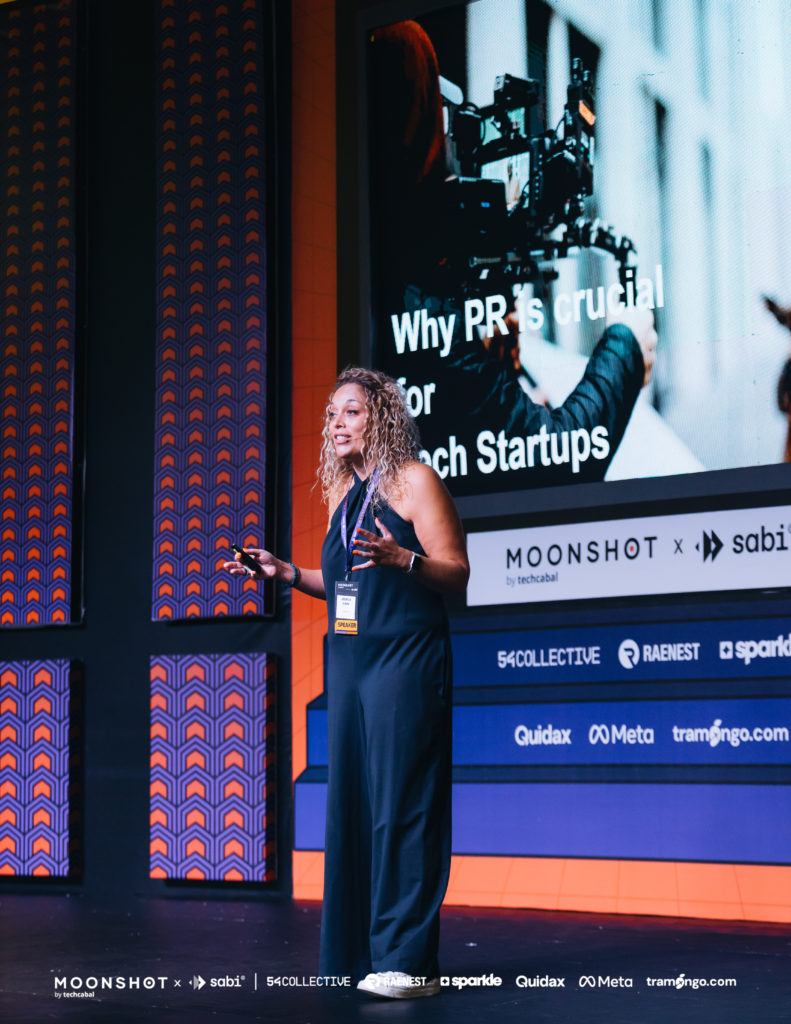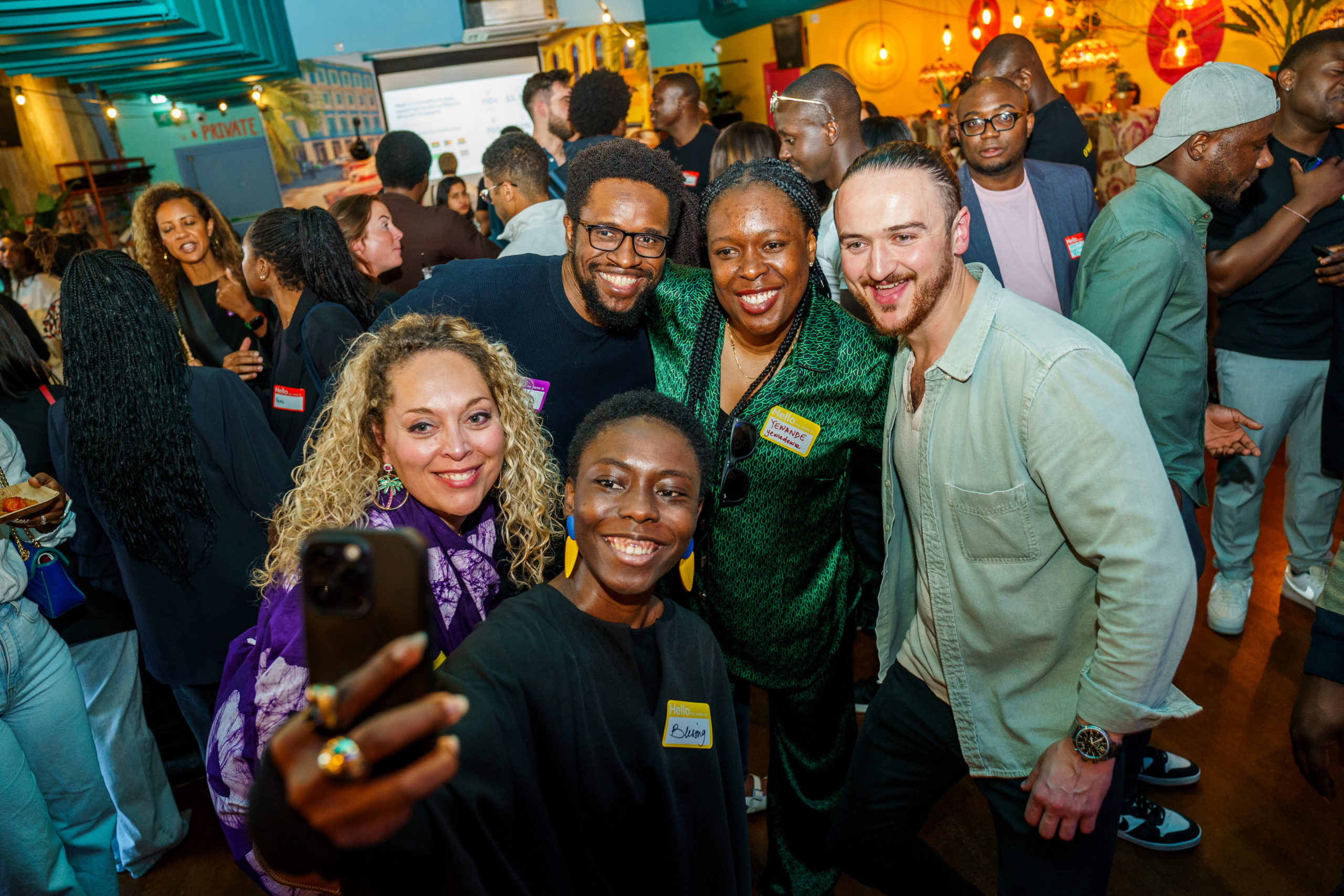
Rewriting the Rules: African Tech Journalists Grapple with AI and PR Saturation
A good Public Relations professional should have a nose for a good story and excellent writing skills – crafting compelling press releases that jump out at journalists, as well as an intuitive understanding of what makes a story newsworthy; there’s a reason why a lot of PRs are former journalists. In 2025, with generative AI tools like ChatGPT, almost anyone can produce content that looks like a press release, even if it reads like a placeholder. The result? A new wave of noise in an already saturated media landscape.
PRs are the middlemen [women] between companies and journalists – our role is to find a common ground between what our clients want written about them, and what the journalists want to produce for their readers.
If technically anyone can now draft a release or pitch [or entire media campaign] using AI-generated PR content, the question is whether it’s diluting the quality of communication between PRs and journalists, or simply revealing gaps that have always existed in our often tumultuous professional relationships. Rather than run straight to ChatGPT to source the answer, I went old-school and emailed some long-time journalist contacts to see how they’re coping with this new world of AI pitches. My big question was simple: how are you coping with this deluge of content?
AI has made content creation more accessible. With the right prompt anyone from a founder to an intern can thrash out a press release in seconds. In theory, this is a good thing as it levels the playing field, but in practice, the outcomes are mixed. Too often, the resulting material lacks substance, context, or even a clear angle. Worse, it reflects a fundamental misunderstanding of what makes information newsworthy.
This phenomenon isn’t entirely new as PRs are historically known and maligned for plaguing journalists with generic, self-congratulatory or misdirected pitches, but AI is supercharging the issue. With barriers to entry lowered, the volume of mediocre content has multiplied not just from inexperienced PRs, but from essentially anyone who might mistake prompt formatting for storytelling. With more content flooding inboxes and less thoughtfulness behind it, journalists are increasingly applying internal filters. Not necessarily to detect AI, but to detect value. Content alone is no longer King.

AI didn’t invent bad PR. We’ve all seen journalists “out” useless PRs on X [formerly Twitter] and LinkedIn with screengrabs of copy and paste uselessness. But it may be making a long-standing problem more visible. As ChatGPT gets slicker, it also raises a sobering question for the PR industry: Are we at risk of outsourcing not just our labour, but our judgement? If the quality varies, the quantity doesn’t.
All the journalists who spoke with me reported an uptick in pitch volume — not always in relevance.
I get at least 7 pitches a day — sometimes 10,” Muktar Oladunmade, Senior Reporter at TechCabal says. “Most of them are garbage or outside my beat or Africa.
That’s a four-fold increase, by his estimate, compared to the pre-ChatGPT era. Daniel Adeyemi, Editor-in-Chief of Condia, suggests a 20% increase in AI-generated content “without much human touch.” Ouch. So, already frantic inboxes of journalists are becoming busier – not better. And while Ngozi Chukwu, Tech Reporter, doesn’t track the numbers, she notes a growing reliance on AI but doesn’t judge too fiercely.
I try to turn off my ChatGPT radar because, as a reporter, it doesn’t help to develop a bias against people using AI tools to improve how they communicate their ideas as long as what they’re sharing is genuinely interesting.
It’s a familiar pattern; more content, but not necessarily better stories. This glut risks numbing journalists’ editorial instincts, or worse, souring them on startups who deserve coverage but get lost in the noise. Or even worse, the emails are going straight to the bin. Let’s consider the fundamentals of what journalists want; a scoop, not just grammar and SEO keywords.
Ngozi strikes a balanced tone.
If ChatGPT helps people in non-English-speaking African countries articulate their innovations more effectively, then we all benefit. What matters is the substance, not the tool.
This is fair – but the nuance here is language and grammatical support rather than intellectual or editorial intelligence. She adds,
Communication is a fundamental skill and AI helps level the playing field by making it easier for anyone to express themselves clearly in English.
This inclusivity matters especially in a multilingual, pan-African ecosystem where too many stories go untold because of language or technical communication barriers.
It’s tempting to think the “art” of PR is being replaced by prompt engineering. But the journalists I spoke with disagree, as do I.
Drafting a press release is the easy part,” Daniel says. “Strategy and contextual awareness — those are where PRs still shine. You need to know which publications to target and when. ChatGPT doesn’t know that a reporter just covered a similar topic. You do.
And Ngozi agrees,
There’s so much more to PR than drafting releases. The value of human expertise, judgment, and ethics remains essential — especially when protecting a brand’s reputation.”
From an agency perspective, we’ve seen an uptick in potential new clients sharing AI-drafted releases, asking us to simply “issue it out”. The releases have ranged from passable – minor tweaks required, to nonsensical. The uninitiated say no changes are required, whereas the more media-savvy understand that the drafts are a baseline from which to work on – using our professional experience and judgement. When the former becomes a sticking point, we pass on the opportunity to take on the new client, as we know our media contacts won’t publish the press release or pitch as is.
Both journalists and PRs [i.e. me] agree on one core principle – use AI wisely, not blindly. Muktar told me of a recent and unfortunate scenario.
I received a press release that had a quote from a founder that did not give the quote. It turned out that the PR person used artificial intelligence to write the press release and AI hallucinated the quote. I ended up publishing the story with the quote because, in my time as a journalist, I had never seen something like this before
His advice to ChatGPT bandits drafting PR content is clear,
Only use it for research and editing. DO NOT use it to generate quotes.
Daniel also warns against unedited or unscrutinised ChatGPT-generated content,
Double-check data points generated because ChatGPT isn’t scared of making up stuff.
What matters most in media relations is context, access, and relevance, all of which require human insight. Journalists want more than information; they want stories, sources, fresh angles, and access to real decision makers. They also want you to build a relationship with them and understand their beat. As Daniel says,
ChatGPT doesn’t know that a reporter just wrote about a topic related to the one you want to pitch, only you do.
They don’t want overly polished but essentially empty releases, chatbot-generated hype, or tone-deaf pitches sent en masse with zero regard for beat, timing, or framing. PRs were rolling out the spray-and-pray approach long before ChatGPT and journalists hated it then. No, they want Africa-centric context and opinions and new, reliable data. There’s also a real risk that reliance on AI leads to the recycling of stale narratives, especially in regions like ours, where generic messaging often dominates. In this context, AI can reinforce stereotype-laden or Western-centric assumptions unless checked by professionals with real-world understanding and cultural fluency. This approach cancels out the benefits of ChatGPT around access to language highlighted by Ngozi, such as better access to opportunity for non-English-speaking African countries using AI to refine their pitches.
Our job as communicators isn’t just to write, it’s to analyse and translate between institutional ambition and editorial needs. To shape narratives that journalists actually want [and need] to pursue. On the subject of where this leaves PRs, Ngozi says,
I don’t think the role of seasoned PR professionals should even be in question right now. There’s so much more to effective public relations than just drafting press releases or using AI-generated rollout plans.
I agree, violently. However, I’d go a step further and say that PRs do still need to know how to write a good release, so they can legitimately edit and refine a ChatGPT draft. You can’t edit what you don’t know. Using AI-generated content as a baseline is a huge time saver, but the overwhelming consensus from the journalists I spoke to was that it does need to be scrutinised. I think there’s also a danger of creating overly homogenised content that audiences will tire of, quickly.
This isn’t simply a technological shift; it’s a philosophical shift. It forces those of us in PR to ask, What is our actual value in this ecosystem? If the answer is simply “getting coverage” and clickbait headlines, then yes, AI might appear to do the job. But if our purpose as PRs and journalists is to steward narratives, build trust between audiences, and translate founders’ visions into editorially relevant news stories, then our roles are required. For now.
And let’s not forget – journalists are also using AI to support their work. Ngozi uses ChatGPT to help her evaluate her ideas, draft content, and spot any gaps in the way she communicates her thoughts. She adds,
I also rely on it to tighten up paragraphs that are too long, since I know I can get a bit attached to certain phrases or ideas.
AI can’t [yet] replicate curiosity, relationships, or storytelling nuance, but paired with good judgement, it’s a partner in crime; an efficient ally at the very least. In a PR agency, particularly, efficiency is currency. And for resource-strapped startups or growing PR teams juggling multiple clients, generative AI tools offer a shortcut. With a few well-crafted prompts and tools like ChatGPT, you can churn out press releases, blog intros, company bios, or even answers for media interviews. But what we gain in output, we risk losing in resonance.
From what I’ve seen so far, in Africa, where storytelling is strategy, and context is currency, the unchecked use of AI is producing a wave of press content that feels oddly weightless and insignificant. The grammar may well be flawless, but the substance is missing. And African journalists who are accustomed to navigating both information scarcity and overload, are responding with a mix of fatigue, frustration and discernment.
With more content flooding inboxes and less thoughtfulness behind it, journalists are increasingly applying internal filters. Good PR is built on relationships. With journalists. And bloggers. And publishers. And the ecosystem. AI can assist, but it cannot replace those networks of trust that have taken years to develop. It cannot read the room, let alone the room behind the room. As Muktar concludes, “PR is a human-facing role, and if you have more time, you can build relationships with journalists and the founders that need you to understand their journey before telling their story.”
Jessica Hope, Wimbart CEO






